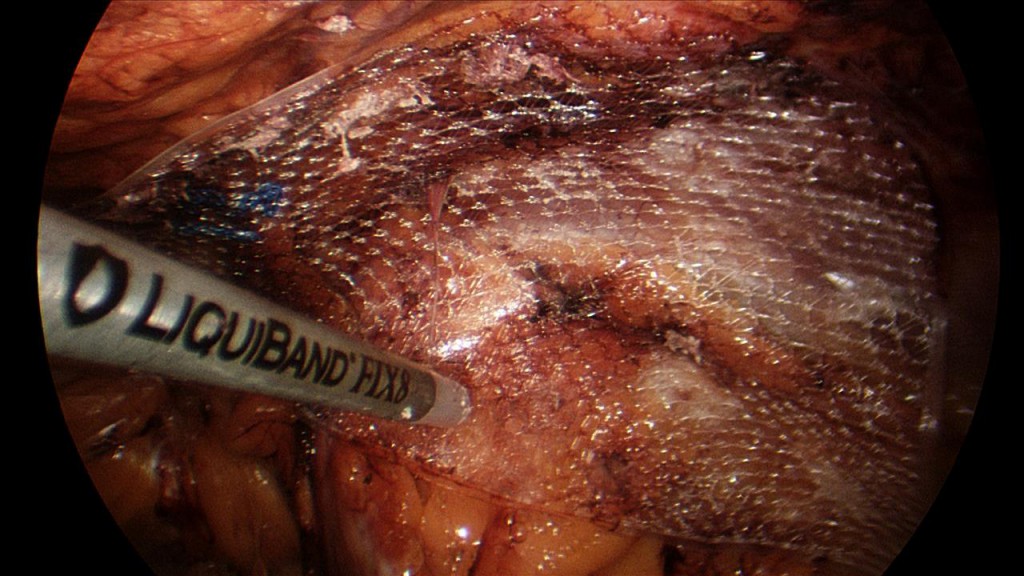What is a Hernia?
A hernia is a defect or weakening in the muscle of the abdominal wall that allows an organ to protrude through the muscle, such as the intestine.
Most commonly hernias occur in the following locations:
- Umbilical Hernia
- Inguinal (Groin) Hernia
- Epigastric Hernia
- Hiatal Hernia
How is a Hernia repaired?
Hernia surgery is most commonly completed Laparoscopically or Robotically. Your surgeon will make a small incision in the skin just beside the umbilicus (belly button) and places a specialized dissecting balloon underneath the muscles of the abdominal wall but outside the abdominal cavity. The balloon is used to separate the muscles from the lining of the abdominal cavity to create a space. This space is then kept open with carbon dioxide (CO2) gas.
The hernia (a defect or weakening in the muscle) can now be clearly seen and the hernia sac (an extension of the lining of the abdominal cavity) dissected free.
A sheet of mesh (usually synthetic) is placed to cover the muscle defect and secured in place using specialized glue or clips. This reinforces the weakened muscle and stops organs from protruding through.

In general, Laparoscopic and Robotic hernia surgery allows faster return to work and all normal activities. Depending on your condition, occasionally Open hernia repair surgery may be recommended following consultation with our surgeon.
For further information on Laparoscopic and Robotic Hernia surgery please contact our rooms on 9457-6690.
Please understand that the information that is provided on this website is to serve as a guide only. This does, by no means, negate or alter the need for a full individual consultation and medical assessment.
